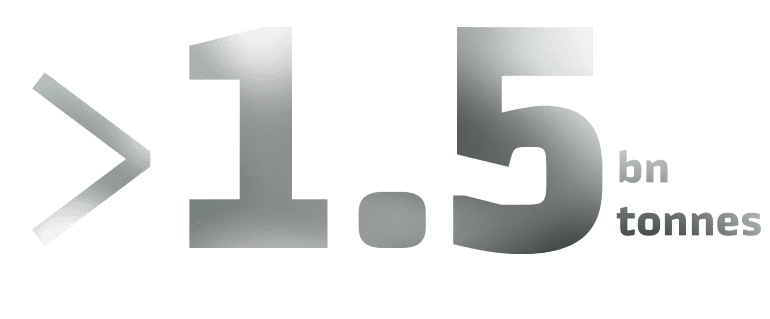HR management
There are two external factors that will shape the Company’s HR management framework in the long run. The first one is the emergence of next generation employees with completely different job expectations. The other one is automation, which helps boost the volume of data processed, making all processes faster and simpler. At the same time, the market sees new types of jobs that increasingly require employees to develop digital competencies.
- introducing advanced technologies (cutting-edge recruitment and training methods, individually selected benefits, creation and development of solutions for fast and convenient employee-employer interactions, HR automation using big data, among other things, and transition to an HR business partner model);
- enhancing the existing crucial HR practices (base package of benefits, social guarantees and compensations, annual salary indexation, development of continuous training programmes, independent assessment of qualifications reliant on professional standards).
Headcount and staff composition
In 2018, Russian Railways had 752,200 employees, down 0.4% y-o-y. The Company’s effective social and HR policy helped cut personnel turnover rate by 0.3 pp y-o-y to 6.4%.
The reporting year also saw a rise in staff education level, with the share of employees with higher and secondary vocational education at 32.2% and 27.8% of the total headcount (up 0.7% and 0.3% as at the year end), respectively.
Technology advance and process digitalisation will drive the need for new staff qualifications, skills and jobs through to 2025. The most sought after professionals in the Company will be IT experts, remote rolling stock operators, UAV operators in charge of infrastructure diagnostics, office and technical workers responsible for construction and operation of high-speed networks and rolling stock infrastructure.
Labour productivity
Russian Railways makes systemic efforts to increase labour productivity by reducing labour inputs on the back of technology advancements and improved process flows. In 2018, labour productivity in transportation increased by 6.8% y-o-y.
Employee remuneration and incentivisation
In 2018, the average monthly salary across all Russian Railways operations increased by 9% to RUB 54,934 (in 2017 – RUB 50,404, on a comparable basis – RUB 50,405) driven by increased labour productivity and salary indexation as per the Collective Bargaining Agreement. More specifically, salaries were adjusted by 3.7%, including by 2.2% in March, 0.9% in October, 0.3% in November and 0.3% in December. Real company-wide salaries grew by 5.9%, with wages now 26% above the country’s average and the pay level across nearly all Russian regions (except for the Yamal-Nenets Autonomous Area and the Sakhalin Region).
- STAFF COMPOSITION IS WELL-BALANCED
- OPTIMAL AGE STRUCTURE ACHIEVED AND MAINTAINED
- INCREASING SHARE OF EMPLOYEES WITH HIGHER EDUCATION
Employee training and development
As at the end of 2018, more than 33,000 students were taking courses at railway universities sponsored by Russian Railways.
Over 142,000 Company’s managers and office workers upgraded their professional skills at railway universities and other educational institutions (including more than 1,800 employees trained as part of dedicated programmes run by Russian Railways’ Corporate University).
The reporting year also saw the launch of education.rzd.ru, a platform for cooperation with continuing professional education providers. The online platform helped create a single database, which now comprises 619 providers and over 5,000 training programmes.
Technology advancement and innovation drive made transitioning to a system of qualifications and development of professional standards one of the Company’s top priorities through to 2025. At present, the Company is working on these standards and their approval, while also upgrading its training programmes accordingly.
Training and development of technical workers
The Company’s professional training framework relies on 15 education centres made up of 66 regional branches scattered between Kaliningrad and Sakhalin.
- over 44,500 workers were trained in key professions;
- over 24,000 workers were trained in their first profession;
- 12,200 people were trained in their second profession;
- more than 148,000 employees upgraded their skills at training centres, technical schools, colleges and on site.
Employee healthcare
Every year, the Company runs more than 1.6 million mandatory pre-employment and regular medical examinations, and over 29 million pre-trip medical check-ups. In 2018, this helped reduce accidents caused by employees’ poor health to zero.
As part of the Collective Bargaining Agreement, the Company partners with the Russian Trade Union of Railway Workers and Transport Builders (Rosprofzhel) and Lokomotiv Russian Fitness and Sports Society to stage and run events aimed at improving health and promoting mass sports and fitness among its employees and their families.














